-
Posts
6,560 -
Joined
-
Last visited
-
Days Won
55
Content Type
Profiles
Forums
Events
Posts posted by John Bigboote
-
-
Maybe that is it... im uploading to GIPHY and then trying to link it from there... Which is how they want you to do it on Facebook. I need to try to upload it directly to this forum
-
https://media.giphy.com/media/8rFce4ODMLjXZzSLA1/giphy.gif
What is the trick to getting a gif to play in the forum?
Normal map added on the lips... normal maps rock!
-
 1
1
-
-
I like the modelling on the lips- I even added more splineage! I added another ring of splines around the skin/lip perimeter to puff the lips off the cheeks a little bit... here is an image of where she stands now... I added a decal of a radial gradient (black to transparent) inside of the nostrils that adds better definition to the bottom of the nose... I am also working with some muscle-mode poses (smile, pucker, blink poses) and I added some bones using the falloff feature to calculate smooth CP weight amounts, around the lower jaw and the eyebrows- great feature! Still below 30 seconds per frame to render...
New render coming shortly!
-
 1
1
-
-
Another thing about the DC... anyone ever get the collision-detection feature to work on the DC? I can't figure it out to know if it is functional or not... does it regard to the end of the bone? Does the end of the bone look for collisions with other bones? With geometry(patches)? For instance, if you setup a chain of bones on your horses tail you might get a LOT more play out of the DC... it might bounce all around- even THRU the body of the horse- which would not look right. SEEMS you should be able to employ the collision-detection to remedy this.
If it is a working feature, I need to know how.
If it is broken or never really programmed fully- I wish we could fix it or just remove it from the interface.
Anyone know?
-
When you say AO- do you mean SSAO? Are you doing a 'Bake Dynamic Systems' before you render? Sometimes I will set the dynamic constraints so they look real good in the preview playback- then, I bake the constraint and the results are less 'bouncy' than I had previewed. Have you tried rendering with multipass off to see what happens? Are you on latest version of 19?
OH- another Q... are you doing the DC on just one tail bone... or do you have a chain of bones?
The dynamic constraint is a fun, easy and powerful addition to A:M... WHEN it wants to play ball.
-
More tinkering...eye mascara via material gradient... added creases above and below eyes by pinching Jirard's bias handles on those CPs... think I might start adding hair next- dickering between A:M hair or geometry hair...
ALSO- I used this model to explore the capabiliites of the new(ish) SSAO feature, and I am really pushing it here. The trick I have discovered is I realized that the GAMMA setting is reverse to my way of thinking. I thought by cranking it up to it's max (2) that the AO effect would become DARKER.... wrong-ola! Try lowering the gamma and your SSAO will become darker- more pronounced! I also spread-out the effect by increasing the distance and radius settings.
-
Here is a screenshot of my skin setup, and a movie file of my latest iteration... I will share this model back with the forum once I have it furthered along.
-
-
-
-
That is a great model, Jirard! Trying to figure-out what porcelain does- here I thought if you used the new 'normal weight' feature at 100% it would do the same thing... but I get odd results. When I open the hood of porcelain tho... all it is- is a material that sets the normal weight at 100% What is the difference?
-
something wonky in how those bullets land...?
-
A reminder that Youtube provides a nice selection of usable royalty-free music tracks and sound effects- free-of-charge. For those of us that can't generate our own music or sound effects...
-
Found an old one on another computer.
Everyone should download that just to see the "smile" pose!

I did... well worth it. GREAT model!
-
 1
1
-
-
If I may add context...
In 2009 this very Animation:Master Forum held a participation event called 'Pass the Ball'... where the only criteria was to create a short animation where a ball would enter frame left and exit frame right. I collected the clips and edited a short video adding music, sound effects and titles. The entries were humorous and featured many various styles. Here is link to view it:
If there was enough interest in doing something like this again- I would be happy to collect and edit... let's talk about a theme! I'm IN!
-
 4
4
-
-
Good trick on the lathing approach, Rob. Unfortunately, bevels in A:M are one of the underdeveloped areas, and you should know that you want them as a forethought to modelling... not as an afterthought or 'hey- a bevel might look good here...' kind of thing. Other apps that are highly actively supported have amazing bevel capabilities... among other things. They also cost 100X what A:M does...
-
What I usually will do is drag the image into the model window- choose decal(not roto) and then I do not apply it.(You can simply click outside of the box.) Now, I go into the action window where I have the model flattened and ready... right-click on the decal listed in the 'Decals' folder of the model in the PWS and select 'Position'...
-
 1
1
-
-
There was 1st a 3rd party thing called Arctic Pigs which generated a lot of hubbubb and was fully functional back about V10-11 days and then the entire A:M code was rewritten and since there was big gaming interest Martin hired a special programmer to take-over the endeavor named Ken Chaffin and the project was renamed HA:MR for Hash Animation:Master Realtime. With time, interest fizzled and as Hash lost marketshare and programmers the effort was shelved. The quality of the realtime was not much more than what you get in-program... it just added interactivity in a web environment.
-
Talking renderer's... I remember buying a $50 3D program called Impulse Imagine before I tried A:M... way back in the mid-1990's. I did a modeling tutorial (a torus!) and then wanted to see it rendered so I put it in the render module under the camera... nothing- black frame. Every time. I shelved it in frustration. I did not know what I was doing wrong until I tried A:M and did a similar test with my 1st A:M model and saw in the chor that a basic lighting setup was already provided as default... it hit me- I had never added lights to that scene! I was rendering pure darkness! What a newb!
Today's renderers sort of take it to the next level, they start you right off with a nice Image Based Lighting setup, easily modifiable... a robust library of PBR materials are drag-n-droppable and with very little effort- you are making great renders. Want to add a light? Easy. There is a lot less of the 'you got a lot to learn, kid' mentality and more of the 'look at that amazing image you made' thinking, which is far more inviting.
-
Interesting discussion.
I have had opportunity to delve into GPU rendering of late using a little software plug-in that works within Adobe After Effects called Element3D from Andrew Kramer of Video CoPilot. From time to time I share my findings here on the forum. E3D is lightning bolt fast, and excels at uber-high resolution 3D work. The company I am with does video presentation for conventions and shows which typically have projected screen resolutions of 8,000 pixels wide(=/-) by 1080pixels high and to render animation frames out of any 3D CPU renderer would be prohibitive...
E3D has a limited feature set... it is not a modeler at all- tho it can extrude AE live type with nice bevels. It has animation features that rival to a degree Cinema4D's mograph feature... so you can duplicate and warp your creations in nifty arrays. It does allow importation of obj and obj sequences which is cool because that bridges it to A:M nicely, and offers a sort of an 'alternate renderer' to A:M and because it is a GPU renderer.... fast! Things it can-NOT do are many... your hair and A:M particle effects are right out... reflections are 'faked' which is a big negative in my book- but it sort of fakes them nicely. SSS is faked, tho nicely... refraction is faked via phoney offset, and even shadows are not as easily controlled as in A:M because they have to work in conjunction with AE's lights- which are half-baked and clunky. Ambient Occlusion has 2 varieties (SSAO or raytraced) but with a great deal of flexibility and speed for both so that is a PLUS.
Here is a test I did recently with an A:M render that I put some time into making nice. I like A:M's DOF, and the floor reflection falloff in A:M and fog feature is an easy favorite of mine. Other programs just don't 'get' reflection falloff as illustrated here. They want to confuse it with 'Fresnel' effect which does not get you this look- which I like. Also fog... you would think it is such and easy comprehensive feature... similar to depth mapping... but they can't get it like A:M does. Look at the fog falloff in the E3D render- sort of 'all-or-nothing' whereas the A:M fog is gradual. Nice. The rim in A:M was a high density obj prop, I simply applied my material 'Chromanence' to it... I could not export it via obj so I used another rim in E3D and hand-tracked it to the motion. ALL the materials in the E3D render are drag-n-drop PBR materials... the type was an afterthought added in AE and matted there. The volumetric light was added using Trapcode Lux which is a nifty AE filter that makes AE lights volumetric...
Final note: I did not make note of exact render times... the A:M render was 864 X 486 and took minutes per frame and went overnight. The E3D render was 1280 X 720 and took 2-4 seconds per frame while I waited and the 6 second clip was finished within 2 minutes.
-
Thank-You for the pictures, looks like a grand time!
-
Gets me every year too.- Recently resubbed as well and a big Thank-You to Hash Inc.(Steffen, Jason, Martin, and RobCat) for my image-contest prize which covered my cost. It pays to enter these contests!
-
Thanks Tore!
-
 1
1
-
-
Can we get an editorial opinion from Jason Simonds on 3D-Coat’s voice ? I've never seen such a thing in CGI circles afore. There is a bit of a snag(disadvantage) using A:M and then submitting an .obj as they bequest... when I open an obj in C4D that I made in A:M, there is considerable rebuilding to get it halfway presentable, and I am sure there would be work to do as well down the line if you opened it in Maya or Houdini or Max... plus the fact that some of the cool A:M features would need to be reinvented altogther or just forgotten- like A:M hair or SSS...


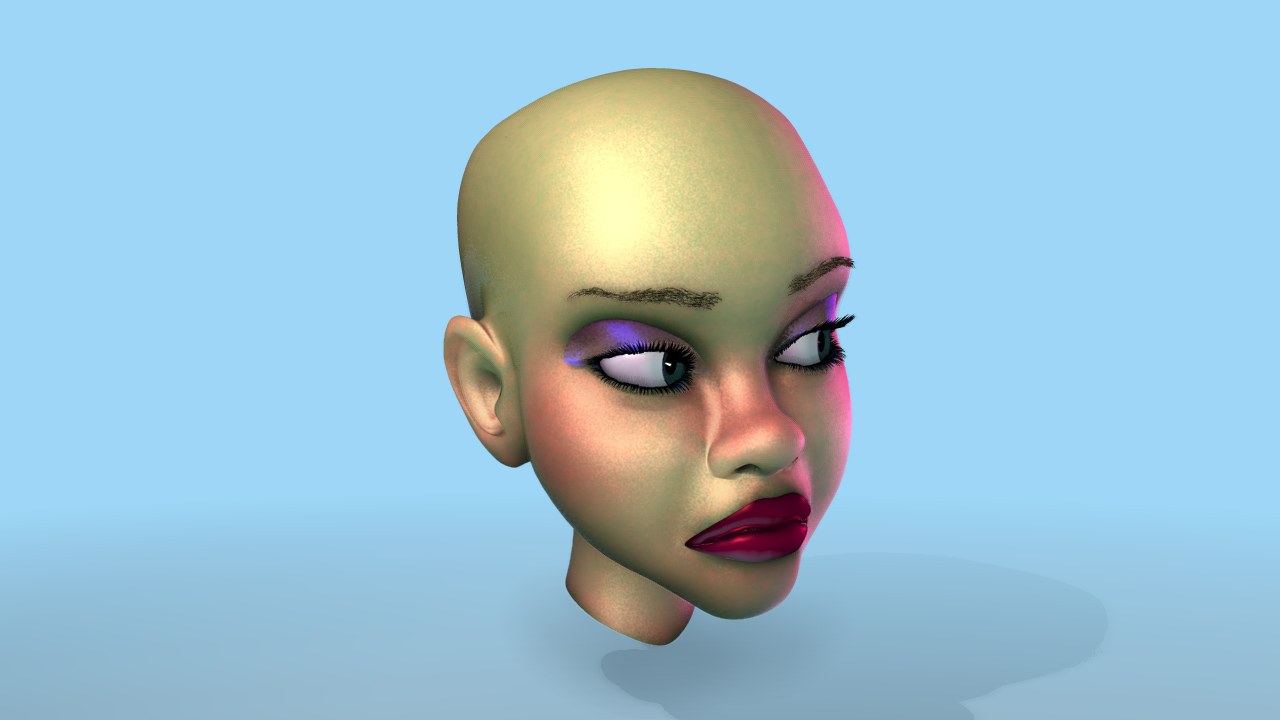
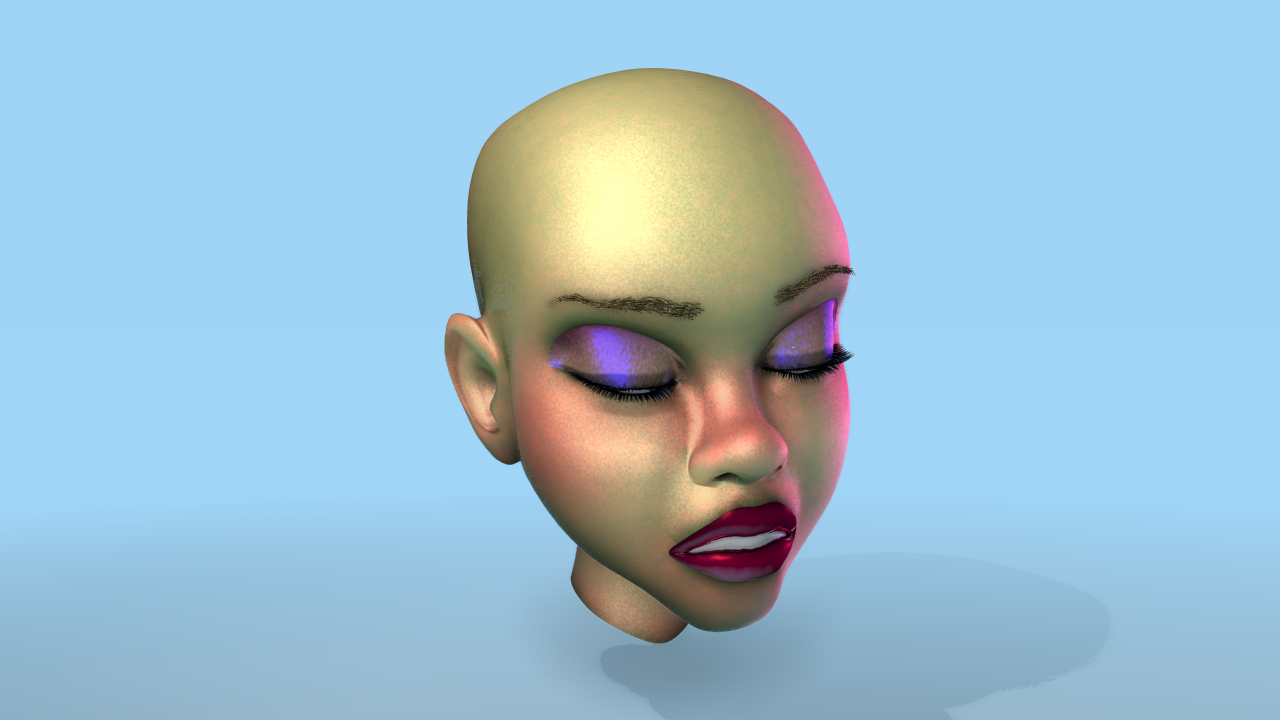
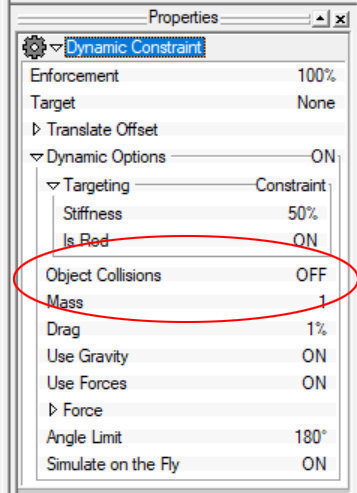
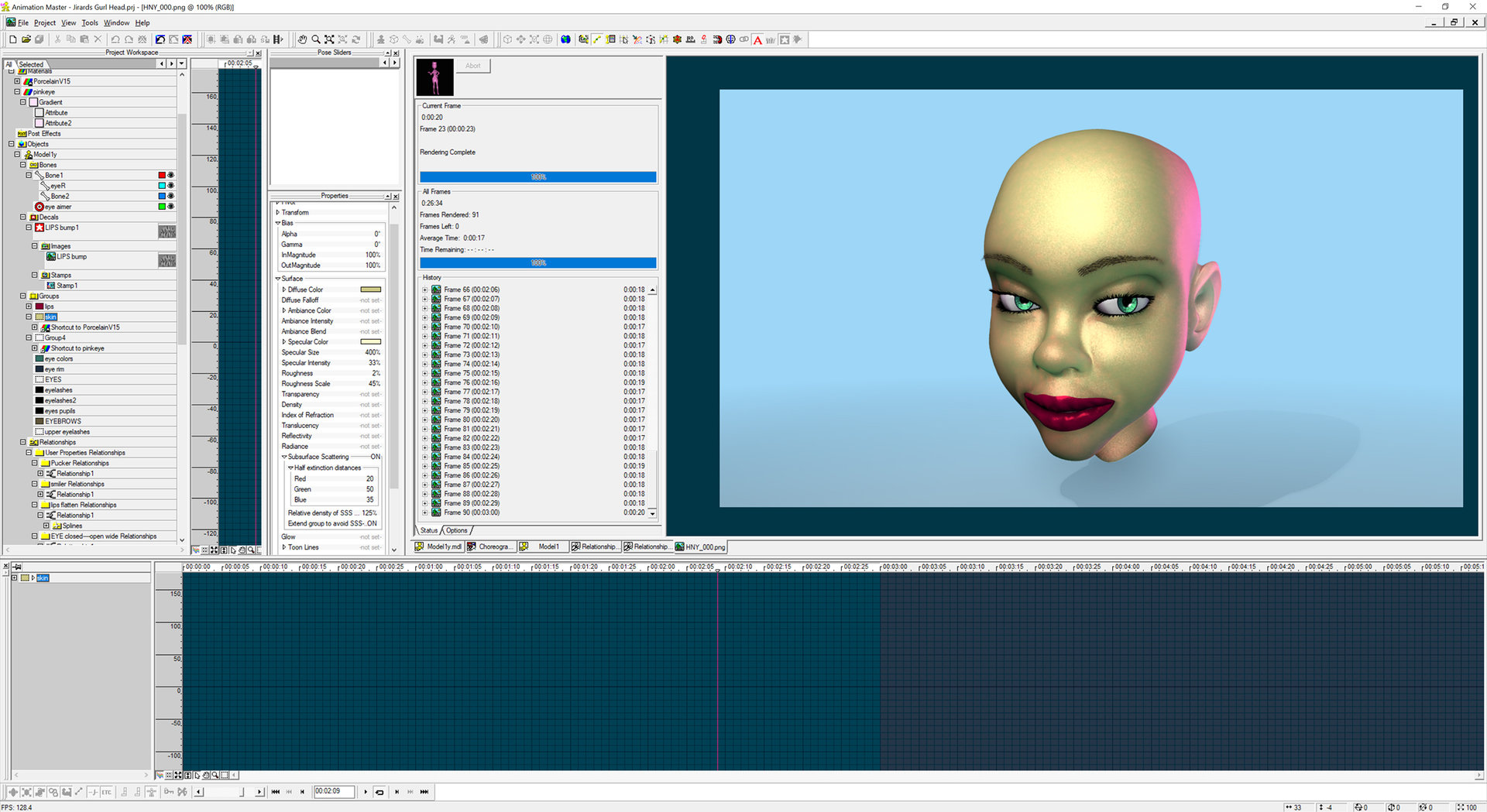
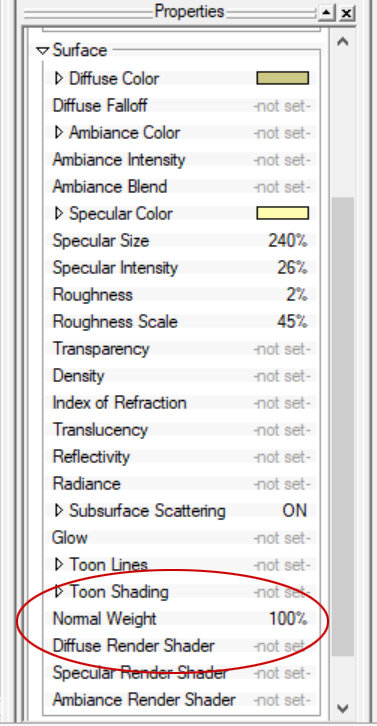
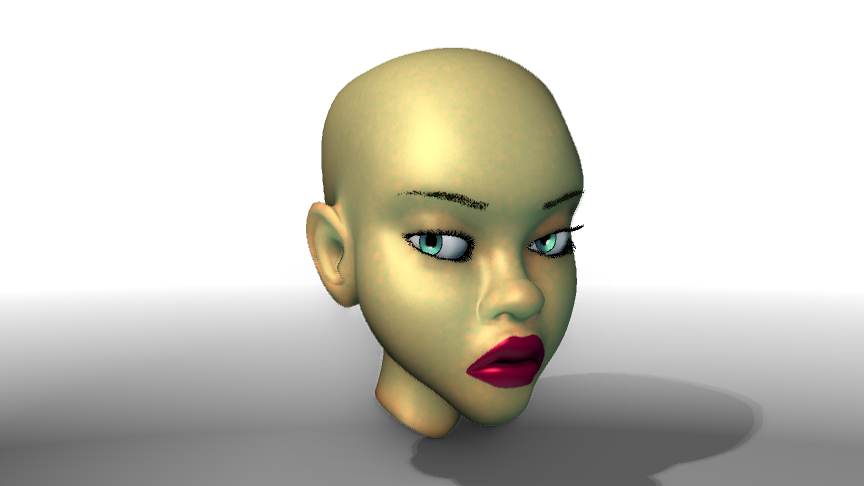
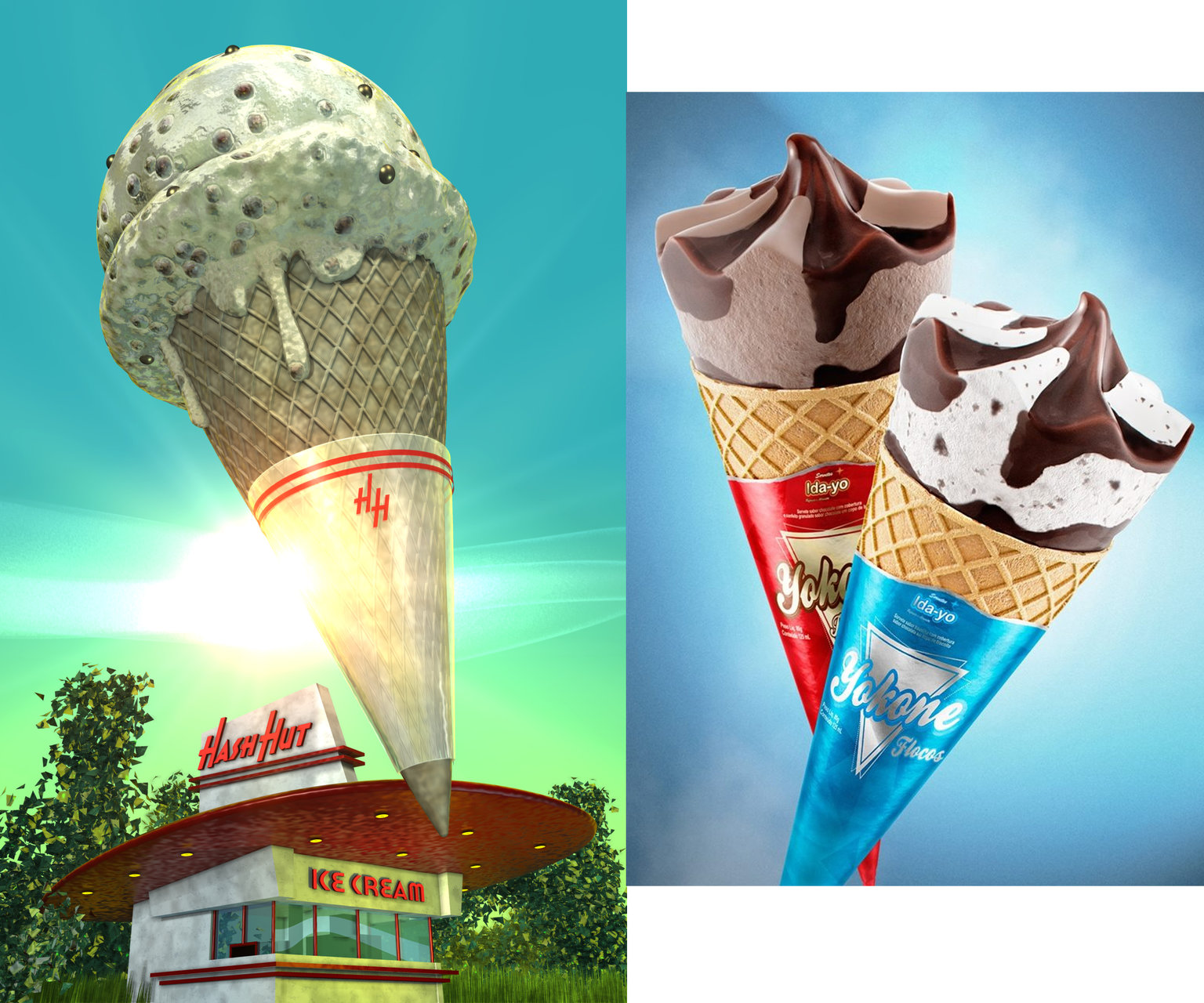
A character I started working on yesterday
in Work In Progress / Sweatbox
Posted
Cool Jirard! I am going to move this over to it's own thread...
https://www.hash.com/forums/index.php?showtopic=48588&p=416271